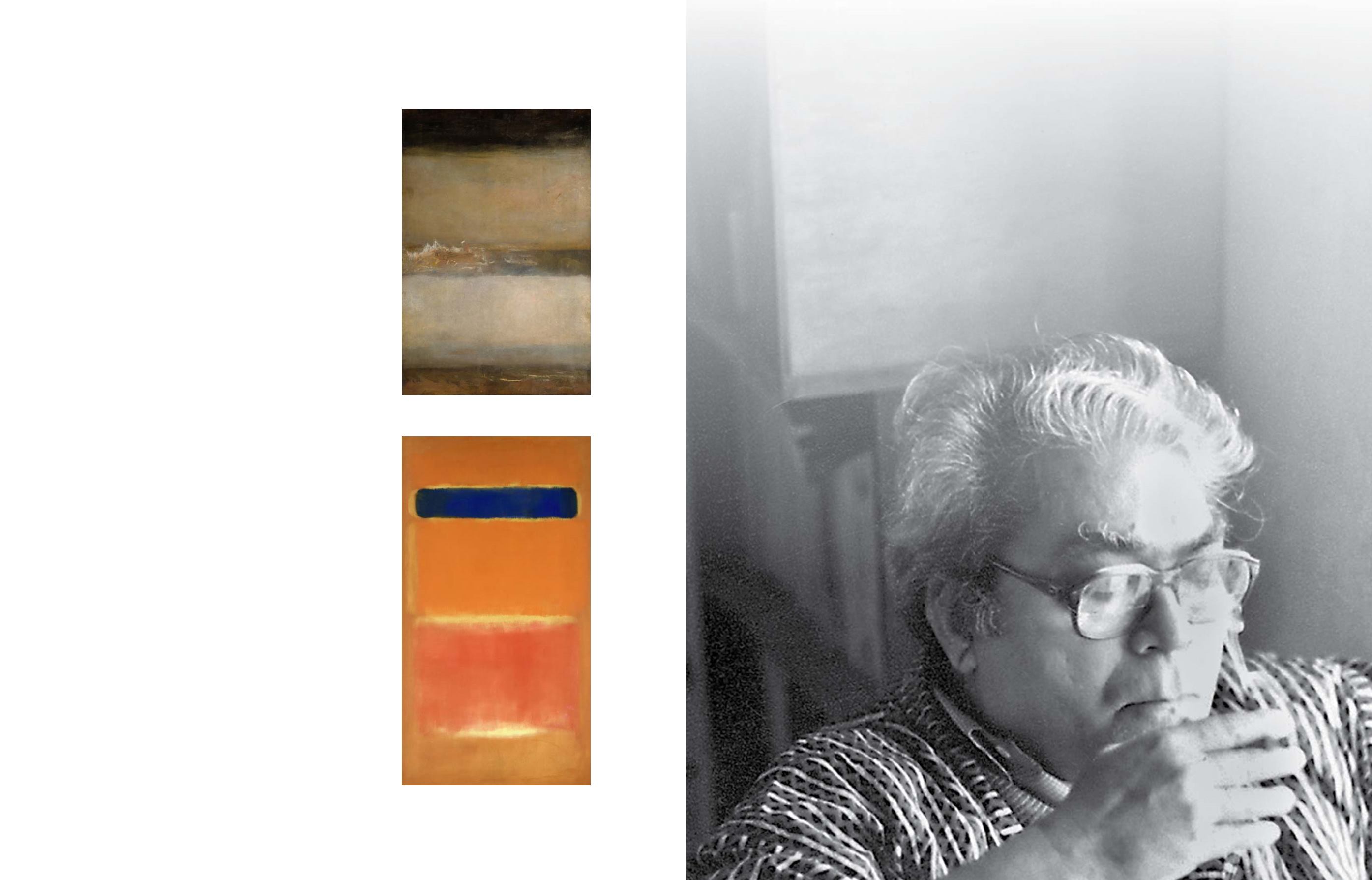

130
Saffronart | Evening Sale
THE SUBTLETY OF STILLNESS
Gaitonde’s art is deceptively simple. Like a pot that is
defined by the emptiness it holds, Gaitonde explores the
weight of nothingness, the “lightness of being.” It would be
simplistic to identify a few movements – Indian miniatures,
American colour field painting and Western abstraction, to
limit the sources for an art that is complex and reaches for
the sublime. For an artist who was not very effusive, and
ironically, seems to have had the most to say about “silence,”
it is even easier to attribute what little he did say, to be clues
to understanding his work.
Gaitonde rejected the teachings of British establishment
art as taught at the JJ School. “It is helpful to think of
Gaitonde’s art as a spiritual rebellion against artistic order,
an ever deeper meditation on disorder, and an embrace
of randomness.” (Shahnaz Habib, “Sounds of Silence: VS
Gaitonde at the Guggenheim,”
The Caravan
, 1 December
2014, online) And yet, there lies an unlikely but striking
similarity between the vast, luminescent canvases of
Gaitonde and the British Romantic painter of seascapes,
J M W Turner (1775-1851). As far removed as they are in
time and notions of Art, the light and the receding horizon
pull together a vision of the ocean and the landscape which
may have come from similar ruminations on the vastness of
the sea. Fellow artists at the Bhulabhai Centre in Mumbai,
where Gaitonde had a studio in the 1950s recall that he
(and sometimes Nasreen Mohamedi, who was equally
enigmatic), would spend hours in quietude, just observing
the ocean and the waves. Works such as the present lot
present a world of deep silence that is borne of a complex
churning of the mind.
Gaitonde’s interactions with the equally reclusive Mark
Rothko in 1964 in New York City yielded a meeting of the
minds. A similar attempt to createmeaning frompure colour
– or more likely, to create worlds of colour
without
ascribing
meaning – is a common theme in both their art. Rothko
wrote in an essay, “I insist upon the equal existence of the
world engendered in the mind and the world engendered
by God outside of it.” Gaitonde’s art suggests that he might
have agreed with this view. This does not necessarily imply
that Gaitonde’s art was an extension of Western abstraction.
“For while it is true that the painter born in Nagpur, and who
spent most of his reclusive life in Delhi, came to embrace
the Euro-American paradigm of abstraction, it was only
Mark Rothko,
Blue over Red
, 1953
Private Collection/Bridgeman Images
Joseph Mallord William Turner,
Three Seascapes
, circa 1827
© Tate, London 2016
131
after he studied the formal attributes of the great range of
India’s historic paintings, a legacy that stretches back nearly
two millennia.” (Roger S Denson, “The Light in the Cave:
Vasudeo S. Gaitonde and his Painted Perceptions Shine at
the Guggenheim,”
The Huffington Post Blog
, 24 October
2014, online).
Gaitonde was a follower of Zen Buddhism and the
teachings Maharshi Ramana and J Krishnamurti. All are
deeply intellectual, acutely philosophical, often rhetorical
in their questioning of the self and especially the interior
self, which by definition, is a concept that lies beyond
articulation. Gaitonde’s legendary silences, which speak
eloquently across time and place through his art, are thus
expressions of this interiority. He was “a painter of beguiling
light and space suggesting metaphysical speculations on
creation, perception and the permutations of the mind.”
(Denson) One may posit that it is necessary to lose oneself
in a Gaitonde canvas in order to comprehend something of
the greatness that lies beyond.
Meera Godbole-Krishnamurthy
Editor-in-Chief, Saffronart


















